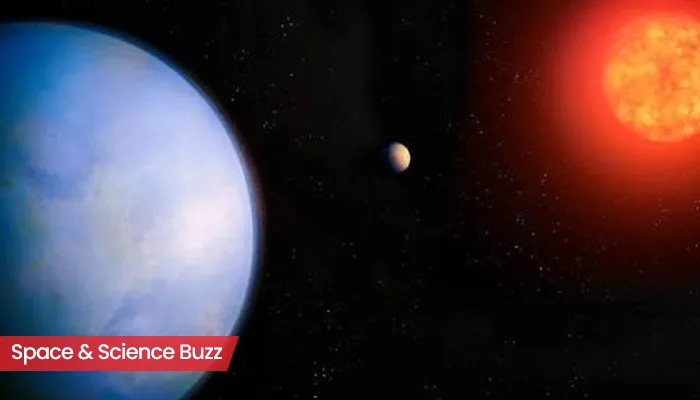
Here are today’s most important updates from the realm of Science and Space.
Revolutionizing Arthritis Treatment: Indian Scientists Unveil New Drug Delivery System
A team of researchers from the Institute of Nano Science and Technology (INST) Mohali, have developed an innovative “self-actuating” drug delivery system that can change the treatment of Rheumatoid Arthritis (RA), which is a chronic autoimmune disease that primarily affects the joints, causing pain, swelling, stiffness, and reduced mobility. The new treatment targets inflammation directly within the joints so that therapeutic agents are released only when needed. The system enhances drug effectiveness by improving bioavailability and retention in the affected joints, leading to longer-lasting relief with fewer doses.
Eat, Sleep, Shower—Repeat: The Groundbreaking Study Where Volunteers Never Stand Up
😴🛏️ Getting out of bed is hard enough in the mornings... but could you lie in bed for 60 days straight?
— Human Spaceflight (@esaspaceflight) February 4, 2025
Monitoring changes in the body help develop countermeasures for astronauts and patients on Earth with conditions like osteoporosis.@ESA @Medes_IMPS @CNES pic.twitter.com/5aAMOjQvsw
(Credit - X/@esaspaceflight)
In a rare one-of-a-kind science research conducted by European Space Agency (ESA), a group of volunteers will remain fixed to their beds for 60 days without standing. They will eat, sleep, and shower in bed with their feet up and one shoulder always touching the mattress, even while using the toilet. The bizarre research is aimed to understand how space travel affects the human body and how to keep astronauts healthy on long missions. ESA said that Microgravity causes muscle and bone loss, fluid shifts, and other physiological changes similar to those experienced by bedridden patients on Earth.
Nine Rings of Wonder: Hubble Investigates a Unique Cosmic Phenomenon

The Hubble Space Telescope just imaged a massive bullseye in space: LEDA 1313424, or the Bullseye Galaxy, which is around 2.5 times the size of the Milky Way. The galaxy lies 567 million light-years from Earth, making it a rather distant object to capture in detail. But Hubble is a veteran at imaging galaxies, and the recent image reveals more rings around the Bullseye than previously known. The Bullseye is now confirmed to have nine rings, eight of which are visible to Hubble. Researchers confirmed the existence of the ninth ring by studying data from the W. M. Keck Observatory. That means the Bullseye has six more rings than any other known galaxy.
Revealing the Past: Ancient Greece Holds the Oldest Evidence of Lead Pollution

Ancient Greece, which provided the earliest records of democracy, western philosophy, has now revealed the presence of lead pollution. Researchers studying sediment cores recovered from mainland Greece and the Aegean Sea have found the oldest known evidence of lead pollution in the environment dating to around 5,200 years ago. That’s 1,200 years older than the previous earliest recorded lead pollution, which was found in a peatbog in Serbia. The researchers found that levels of lead contamination remained fairly low and localized in ancient Greece. But around 2,150 years ago, the researchers detected “a very strong and abrupt increase” in lead emissions caused by human activities across Greece.



.webp)
.WEBP)
.WEBP)
.webp)
.webp)


.webp)
.webp)
.webp)